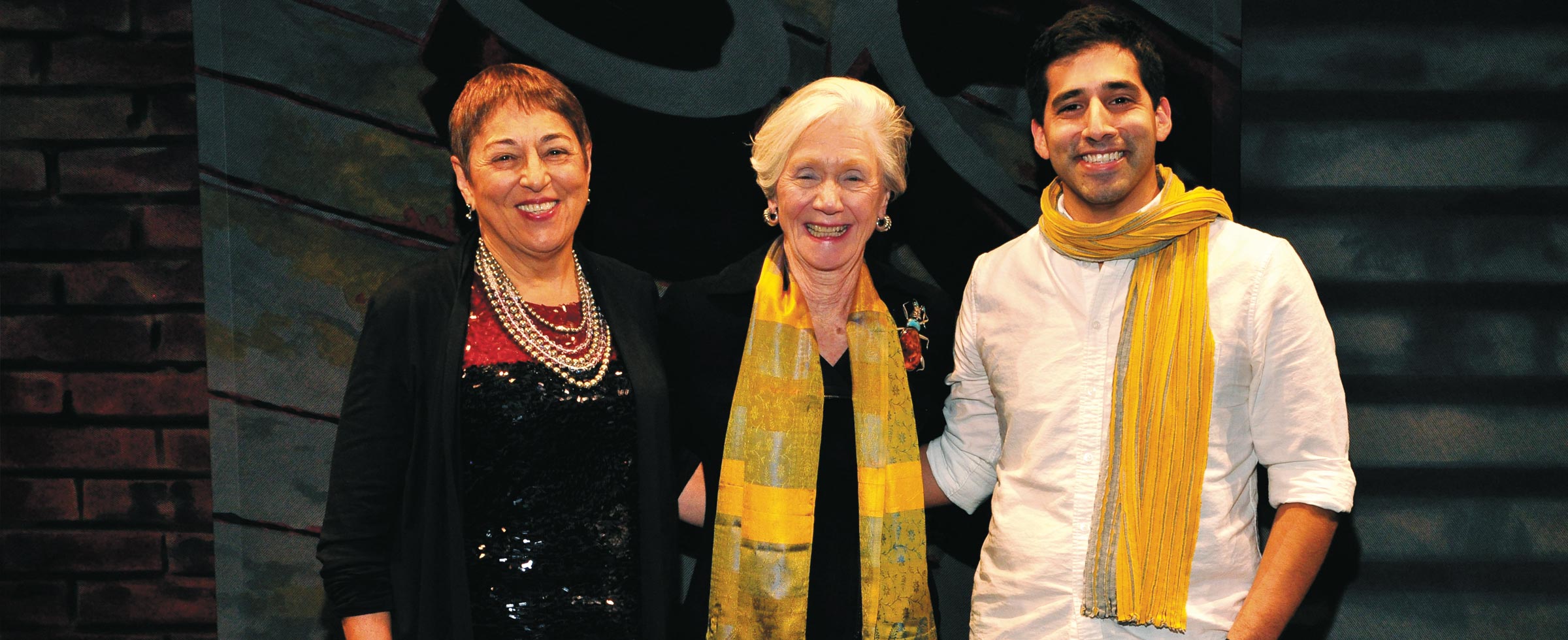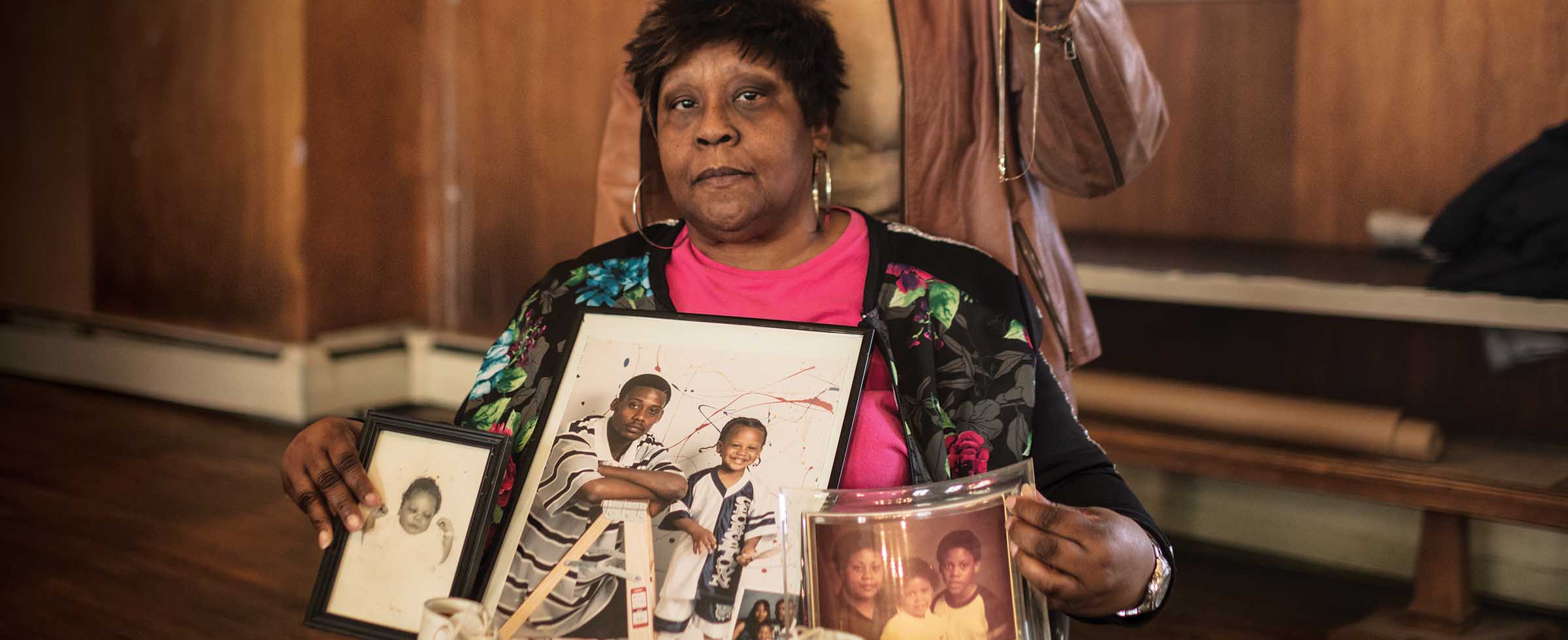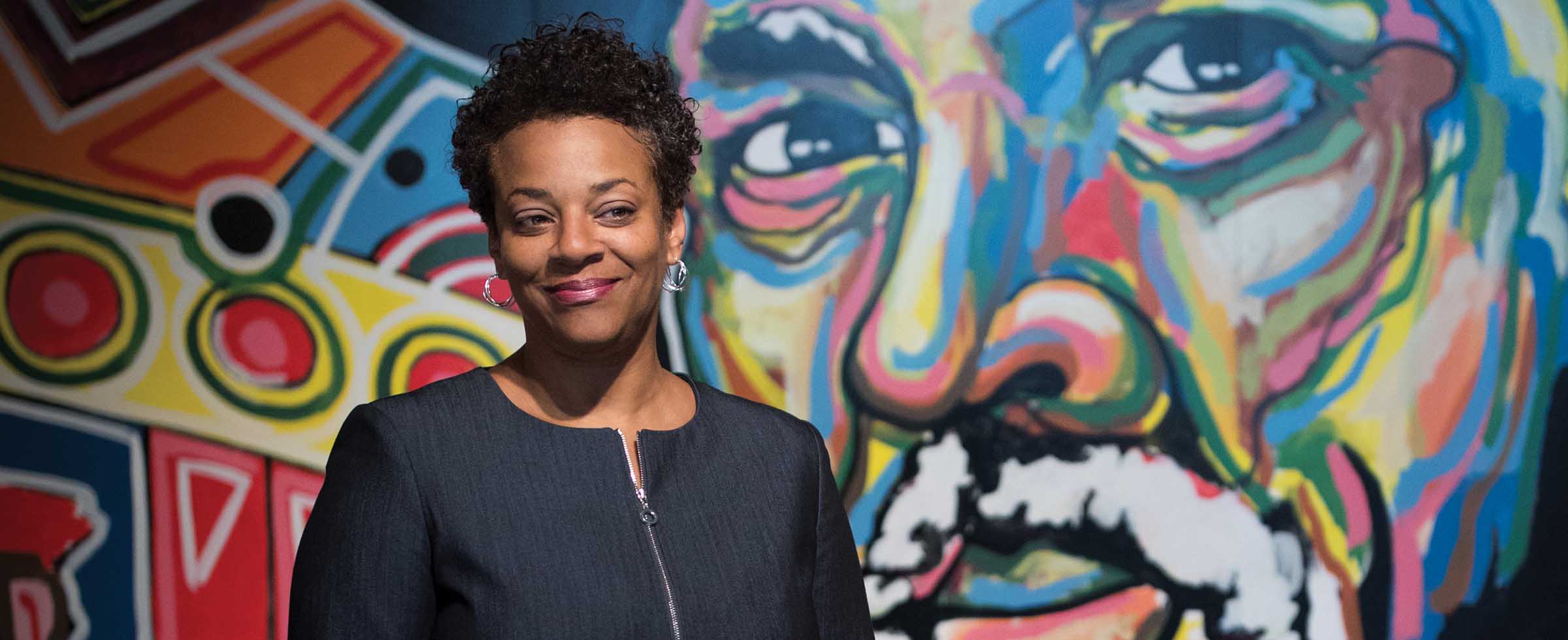
A place-based philanthropy and a community foundation come together to fulfill individual artists’ most pressing needs.
What is the role of artists in challenging times? For some, it is expressing the ineffable, or shining a light on what would be overlooked. For others, it is exposing uncomfortable truths, or capturing and holding a community’s rage or grief. But perhaps the most challenging role for artists is making a living. Usually self-employed and underpaid, artists may find their creative work overwhelmed by the hustle of lining up the next commission or performance.
Arts champion Carol R. Brown, who ran the Pittsburgh Cultural Trust from 1986 to 2000, recognized this reality. She was determined that the organization responsible for 14 venues offering a range of entertainment and cultural presentations in the heart of Downtown would support and celebrate individual artists whose creativity powered the District. In 1991, she launched the Creative Achievement Awards through the Trust, which made grants of $15,000 each to two artists, one designated as Established, and the other, Emerging. Unlike many arts-funding programs, which cover specific projects or residencies, the Trust grants were for whatever the artists needed most.

The program was launched the same year the Trust announced a 10-year plan for Cultural District improvements that The Pittsburgh Press proclaimed would result in a “bonanza” for art lovers.
“Our intent was to bring real help to our community of artists for whatever their needs were,” says Brown. “One of the awardees came up after the ceremony and
explained that they desperately needed dental care and now could afford it. That’s exactly what the awards are for, and it was a conversation I’ll never forget.”
The Awards program, which included a community celebration for artists, was made through the Trust eight times until 1999, when the program went on hiatus. They were resurrected in 2012 in homage to Brown’s vision and accomplishments in the Cultural District. They became a shared program of The Heinz Endowments, where Brown is a board member, and The Pittsburgh Foundation under the umbrella of the Investing in Professional Artists Program. Over the past seven years, the program has awarded $210,000 directly to working artists who have devoted significant time and training to building a career creating or interpreting works of art.
“Artists are truth tellers. They are particularly effective in challenging us to look at some of our community’s serious social problems,” says Brown.
She cited the work of Alisha Wormsley, last year’s Emerging Artist awardee who created the “There Are Black People in The Future” billboard project. That piece was taken down when the building’s landlord said she received complaints. The removal led to widespread community outrage and charges of censorship. The billboard is now one of Wormsley’s works included in the exhibition “Manifest Destiny,” on view in Detroit.
Wormsley used her award to provide for her family by establishing a trust for her young son. She is busy with a series of projects, including an artwork in residency opportunity to present “There are Black People in the Future,” a show at the Westmoreland Museum of American Art; and a book release for “The People are the Light,” which documents her experience with a series of public art installations and workshops in Homewood under the theme of cleansing and healing.
Beyond the support that has been provided for artists thus far, Wormsley hopes Pittsburgh funders will invest “in economic stability and real equity for artists” through programs such as Project Row House in Houston.
“If [funders] really want equity in the greater Pittsburgh area, then there will be more support for business and economic stability and programs for artists to acquire property and create businesses,” she says.
This year’s Creative Achievement Awards will be presented in December and, for the first time, the arts community will help shape the event. Arts program officers from the two foundations opened the nomination process to all artists and the public, and there has been an enthusiastic response with 99 nominations, 73 more than the staff-curated process last year.
“My hat is off to The Pittsburgh Foundation and The Heinz Endowments because they’ve recognized for a long time the importance of asking artists directly what they need, hearing their anxieties and frustrations, and then responding,” says Brown. “I’m just very grateful that the two foundations are continuing to do this.”
Original story appeared in the 2018-19 Report to the Community.




